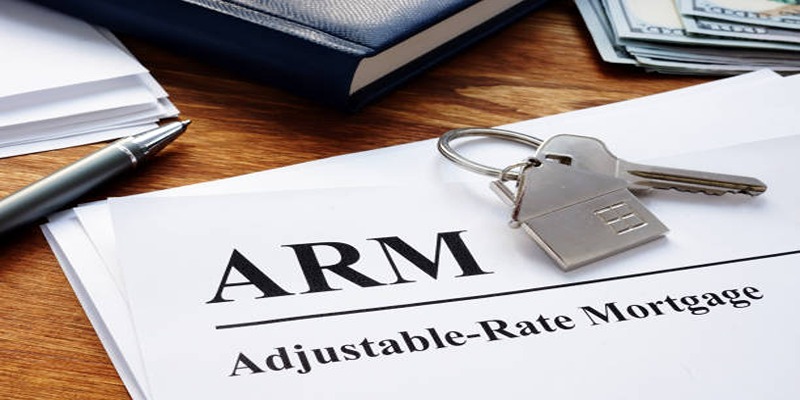A savings and loan associations are a kind of financial organization that focuses on home mortgage loans and the acceptance of savings deposits. The word is mostly utilized in the U. S., but equivalent entities in Great Britain and several other Commonwealth nations are referred to as building societies. The depositors & borrowers are representatives with the right to vote and the power to determine the financial and management objectives of the organization since they are jointly held (commonly termed mutual savings banks). A savings & loan may "demutualize" or convert to a stock structure and even public trading, although in this case, it is no more an organization, and the depositors & borrowers have really no say in the company's management.
Overview
To put it simply, a savings & loan association is a type of bank that is either cooperatively or organizationally organized to hold the money of its representatives or customers in interest-bearing accounts & certificates of deposit, spend those funds primarily on home mortgage loans, and possibly also provide other banking services. The primary objective of the S&L was to provide the working class with accessibility to a financial intermediary that had previously been unavailable to them, so encouraging savings and investment. Savings and loan associations existed to assist creditworthy homebuyers in obtaining mortgage loans. A major tenet of the first savings and loans was "neighbors aiding neighbors."
A building society functions as a cooperative form of banking, somewhat dissimilar to a credit union. All of its shareholders have an ownership stake in the company, which provides banking and similar financial services, including mortgage loans. By combining their resources, members of these early British building societies of the nineteenth century were able to finance the purchase or construction of their own houses. When it comes to providing "banking services," notably mortgage loans and savings accounts, building unions in the United Kingdom are a serious competitor to traditional banks.
S&Ls vs. Banks/Credit Unions

Many services, including banking and mortgage financing, are available at savings and loan organizations just as they are at banks & credit unions. While banks serve both people and companies, savings and loan organizations specialize in home loans and long-term investments. Savings and loan organizations, like credit unions, are substantially smaller than the major banking companies, yet they provide competitive interest costs on savings instruments. In the same way that S&Ls prioritize their members, credit unions do the same for their customers. Whenever it comes to obtaining a mortgage, each of the following options— commercial banks, savings and loan associations, and credit unions have a set of advantages and disadvantages.
Historical Perspective on Savings & Loan Associations
The Home Loan Bank Law of 1932 authorized the formation of savings and loan organizations in response to the financial crisis of the 1930s. For the purpose of promoting homeownership, created the Home Loan Bank Program. Federal savings & loan organizations played a significant role in facilitating mortgages for would-be homebuyers during its heyday. The classic Frank Capra movie "It's a Wonderful Life" from 1946 is often cited as an example of this philosophy.
There are significantly fewer savings & loan organizations now compared to the early twentieth century, and eleven Fed Home Loan Banks serve different parts of the country. Rising interest rates in the 1980s and early 1990s caused several savings and loan organizations to fail. Before that time, they were protected by the FDIC (Federal Deposit Insurance Corporation) (FSLIC). The FDIC, which formerly only covered banks, now protects these investments as well.
Functions
At the beginning of the 20th century, the savings & loan association was a strong force because it helped people buy homes through mortgages and gave its members easy ways to save money & invest, like passbook savings bank accounts and COD.
Mortgage Lending
Mortgages were first made available to borrowers by insurance companies rather than financial institutions like banks. These early mortgages were much different from the mortgages and house loans available in today's market. Historically, mortgages were either short-term in nature, with a balloon billing at the completion of the timespan, or interest-only, with payments made only on the accruing interest. Due to the high cost of the balloon payment due at the conclusion of the loan's duration, many borrowers were either permanently in debt because they had to keep refinancing their house purchase or were forced to give up their homes to foreclosure auctions.
This irritated government authorities, who formed the Federal House Loan Bank and its accompanying Home Loan Bank Authority to aid other banks in supplying money to give long-term, amortized home loans. The plan was to have banks do the financing instead of insurance firms and to provide individuals with affordable loans they could really afford to pay back so they could eventually buy their houses outright. For the purpose of mortgage financing, the Home Loan Bank made low-cost capital accessible, which led to the rapid proliferation of savings and loan organizations throughout the United States. Even historically, the primary purpose of savings and loan associations was to offer mortgages.
High Interest

The Federal Reserve Board has historically looked favorably upon savings and loans, allowing them to provide a greater rate of interest on savings accounts than a standard commercial bank. The reasoning behind this move was the fact that the mortgage industry would remain liquid and that prospective borrowers would always have access to cash if savings & loans were capable of obtaining more deposits with somewhat greater savings rates. However, savings and loan associations were not permitted to provide checking account services till the mid-1970s. As a result, having a savings & loan account became less desirable, and many customers had to open accounts at several financial institutions to have exposure to both checking & savings at rates that could compete.




